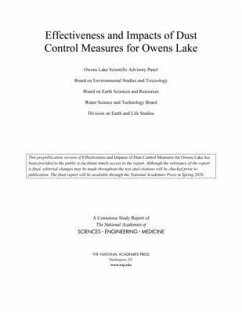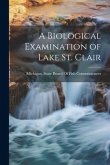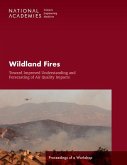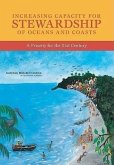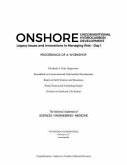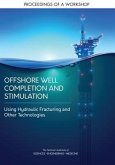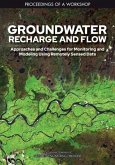During the 20th century, the city of Los Angeles diverted surface water flowing into Owens Lake for water supply, transforming the large, closed-basin, saline lake into a small brine pool surrounded by dry playa. Under high winds, the exposed lakebed produced large amounts of airborne dust, resulting in the highest concentrations of airborne particulate matter with an aerodynamic diameter of 10 micrometers or less (PM10) in the United States. Since 2000, the Los Angeles Department of Water and Power, at the direction of the Great Basin Unified Air Pollution Control District, has been constructing and implementing dust control measures on the dry lakebed, with the objective of meeting the U.S. Environmental Protection Agency National Ambient Air Quality Standards for PM10 and the PM10 standards set by the state of California. Many of the dust control measures used at Owens Lake require large amounts of water, energy, and maintenance to sustain their performance. Effectiveness and Impacts of Dust Control Measures for Owens Lake evaluates the effectiveness of alternative solutions for their degree of PM10 reduction and the extent that they reduce use of water in controlling dust emissions. This report considers the associated energy and environmental and economic impacts of these proposed measures and assesses their durability and reliability.
Hinweis: Dieser Artikel kann nur an eine deutsche Lieferadresse ausgeliefert werden.
Hinweis: Dieser Artikel kann nur an eine deutsche Lieferadresse ausgeliefert werden.

